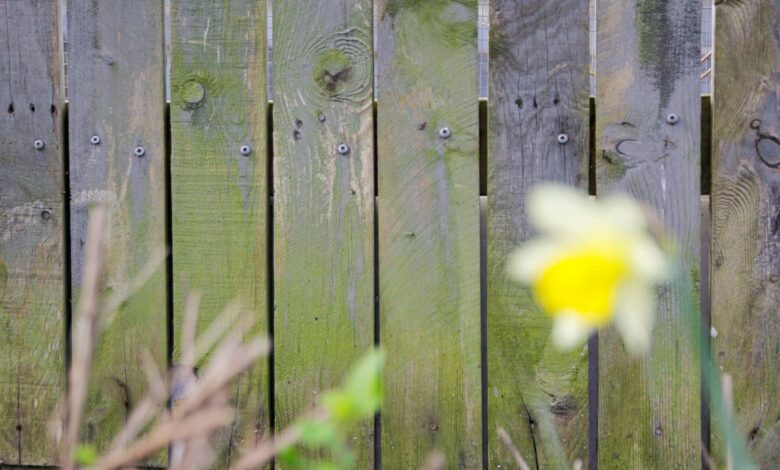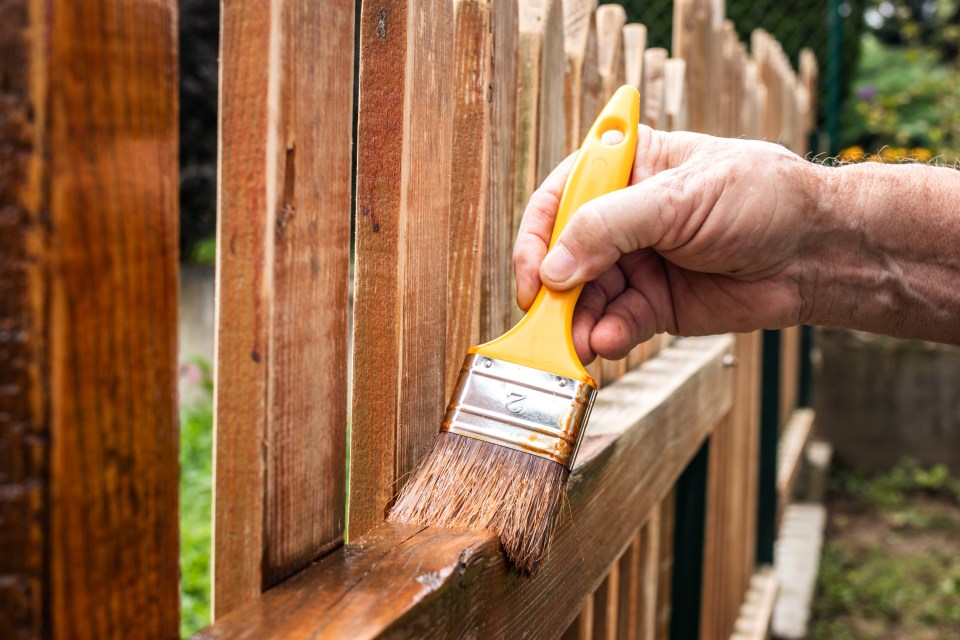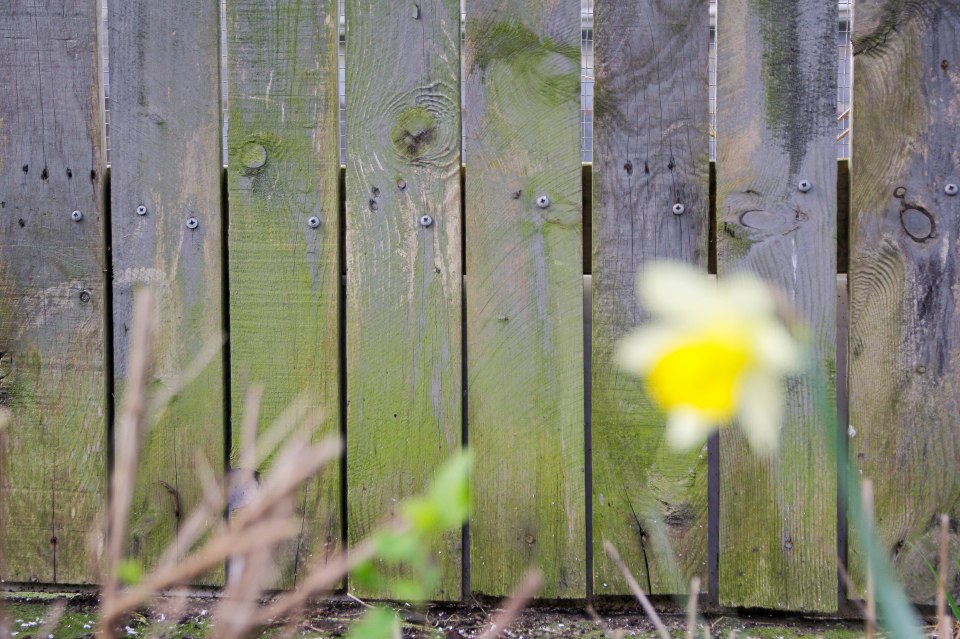Garden enthusiasts share the ‘most effective way’ to remove green stains from your fence



CLEANING your garden fence may not be at the top of your list, but if you wait too long, mould can develop.
Removing the mold can be an even bigger job, but don’t worry: there is a super effective way to make your furniture look like new again.
Algae and mold can often develop after rainy and humid periods, as a gardener discovered when she saw her wooden fence covered in ugly stains.
She used the popular gardening Facebook group to gather the best tips for her damaged fence, writing: “How can I get rid of this green algae on our fence?
“I have tried using a mold remover and also sanding and re-treating, but it still comes back.”
According to the homeowner, most of the panels were covered in dirty algae, which made her feel hopeless.
Luckily, garden enthusiasts had the perfect solution to the problem, and it didn’t cost too much either.
White vinegar mixed with hot water seemed to be the best tip from the green fingers of Facebook.
One of them suggested rubbing it into the wood panels with a brush and then letting it soak for about 30 minutes, then rinsing it off with clean water.
“Once it’s dry, repaint it with a good quality fence paint,” they added.
“Normally this happens when a fence is in the shade for most of the day, in full sun it is less of a problem.”
A second solution is vinegar, which is the best way to repair a moldy fence.
They said, “Put vinegar in a plant sprayer, spray it on, let it soak in and within a few days the green spots will be gone.
“I did all my decking and fencing last week and I’m already starting to see a difference.
Meanwhile, someone else noted: “Definitely white vinegar. The easiest and most effective way to get rid of it.”
Others warned the homeowner, urging her not to use a cleaning agent commonly used on her fence: bleach.
“Please don’t use bleach in the garden, it kills much more than the mold. Use white vinegar instead, it only kills the algae,” someone said.
How do you create privacy in your garden?
Creating privacy in your garden can be done in a number of ways, depending on your budget and the size of your space. Here are some effective ways to improve privacy in your garden:
1. Fence
- Install a tall, sturdy wood or vinyl fence. This is one of the easiest ways to get instant privacy. Or use lattice panels, trellis or slatted fencing to add a decorative touch while still providing privacy.
2. Hedges and plants
- Fast growing evergreen shrubs or trees such as Leylandii, Thuja or Bamboo along the border of your garden can help with privacy. Grow a dense hedge with plants such as Boxwood, Privet or Laurel. It may take a while to grow but will provide a natural and green privacy screen. Use climbing plants such as Ivy, Clematis or Wisteria on fences or trellis to create a lush, green privacy barrier.
3. Outdoor curtains
- Hang outdoor curtains around pergolas, gazebos or patios for an easily customizable privacy solution.
4. Sound barriers
- A water fountain or small waterfall can help drown out noise, adding to the sense of privacy. Or, install a fence designed to reduce noise if privacy from sound is also a concern.






